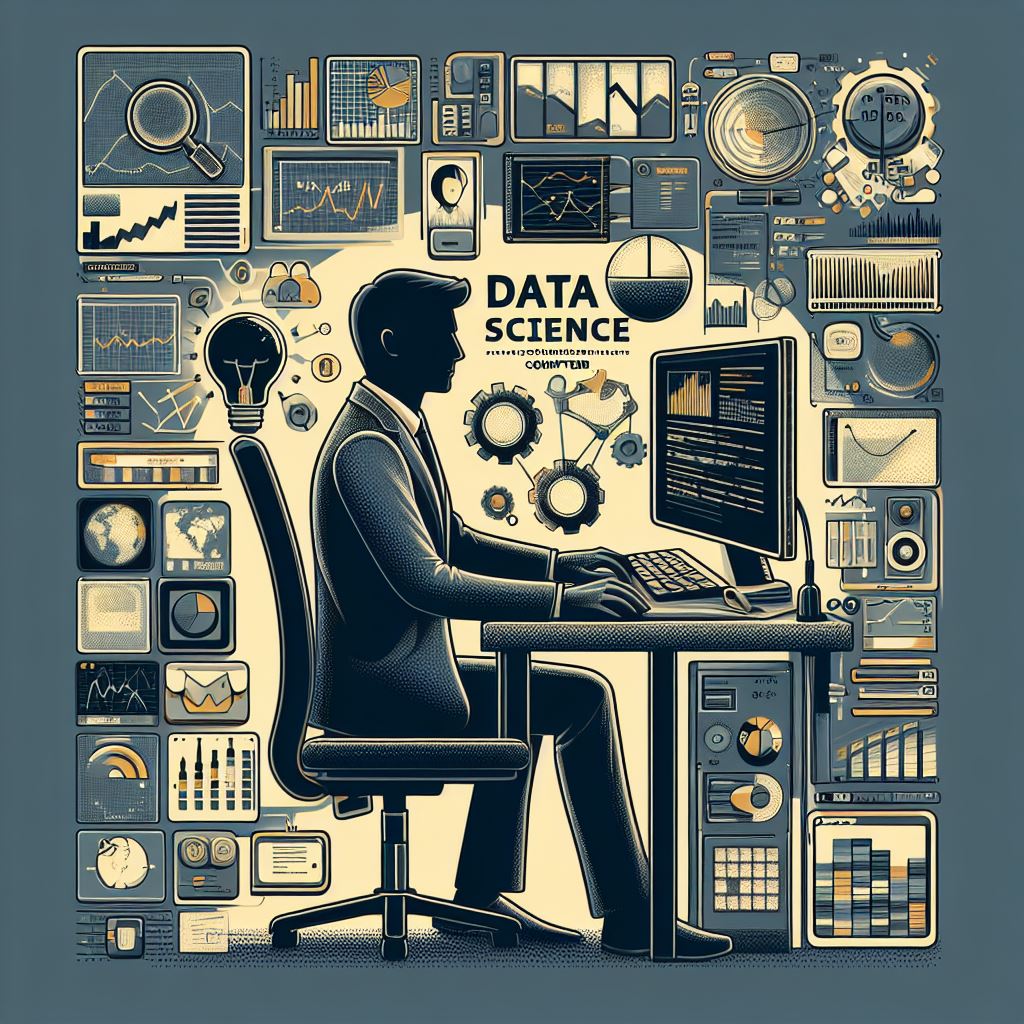Computer vision is an innovative technology that enables machines to interpret and understand visual information from the world, similar to how humans use their eyes to see and comprehend surroundings. This field has gained immense popularity in recent years, revolutionizing industries such as healthcare, automotive, retail, and security. With advancements in artificial intelligence (AI) and machine learning (ML), computer vision systems are becoming more accurate, faster, and capable of handling complex tasks.
At its core, computer vision involves using digital images or video streams to extract meaningful data, such as identifying objects, reading text, detecting faces, or recognizing patterns. The process typically starts with image acquisition, followed by preprocessing to improve the image quality. Then, machine learning algorithms are used to detect features and make predictions or decisions based on the analyzed data.
One of the key areas where computer vision has made significant strides is in the automotive industry. Self-driving cars rely heavily on computer vision systems to navigate through their environment, recognizing objects such as pedestrians, traffic signals, and other vehicles. These systems use cameras and sensors to gather data, which is processed in real time to ensure safe driving and smooth operation.
In healthcare, computer vision plays a pivotal role in medical imaging. It helps doctors and healthcare professionals analyze X-rays, CT scans, and MRIs more accurately. For example, AI-powered algorithms can assist in detecting tumors or abnormalities in medical images, offering early diagnosis and reducing human error.
Retail businesses are also benefiting from computer vision technology. With the rise of cashier-less stores, such as Amazon Go, computer vision enables seamless customer experiences. It allows customers to walk into a store, pick up products, and simply walk out without the need for traditional checkout processes. Cameras and sensors track the items a customer selects, and the purchase is automatically charged to their account.
Security and surveillance are other major fields where computer vision is making an impact. Advanced CCTV systems are capable of recognizing faces, detecting unusual activities, and even reading license plates. This has led to the development of smarter security solutions, improving safety and reducing the need for constant human monitoring.
As the technology continues to evolve, computer vision is expected to become even more integrated into our daily lives. With improvements in deep learning, neural networks, and cloud computing, computer vision systems are becoming faster, more reliable, and more accessible. They will enable new opportunities for automation, data analysis, and human-computer interaction, leading to more efficient processes and innovative applications.
While computer vision presents exciting opportunities, it also brings challenges, particularly in terms of data privacy and ethics. With the ability to recognize individuals and track movements, concerns about surveillance and personal privacy are on the rise. It is essential for developers, policymakers, and society as a whole to address these issues and ensure that computer vision is used responsibly.
In conclusion, computer vision is a transformative technology with vast potential across various sectors. As it continues to evolve, we can expect to see more groundbreaking applications that enhance our daily lives, improve business operations, and drive innovation in ways we have yet to imagine.
